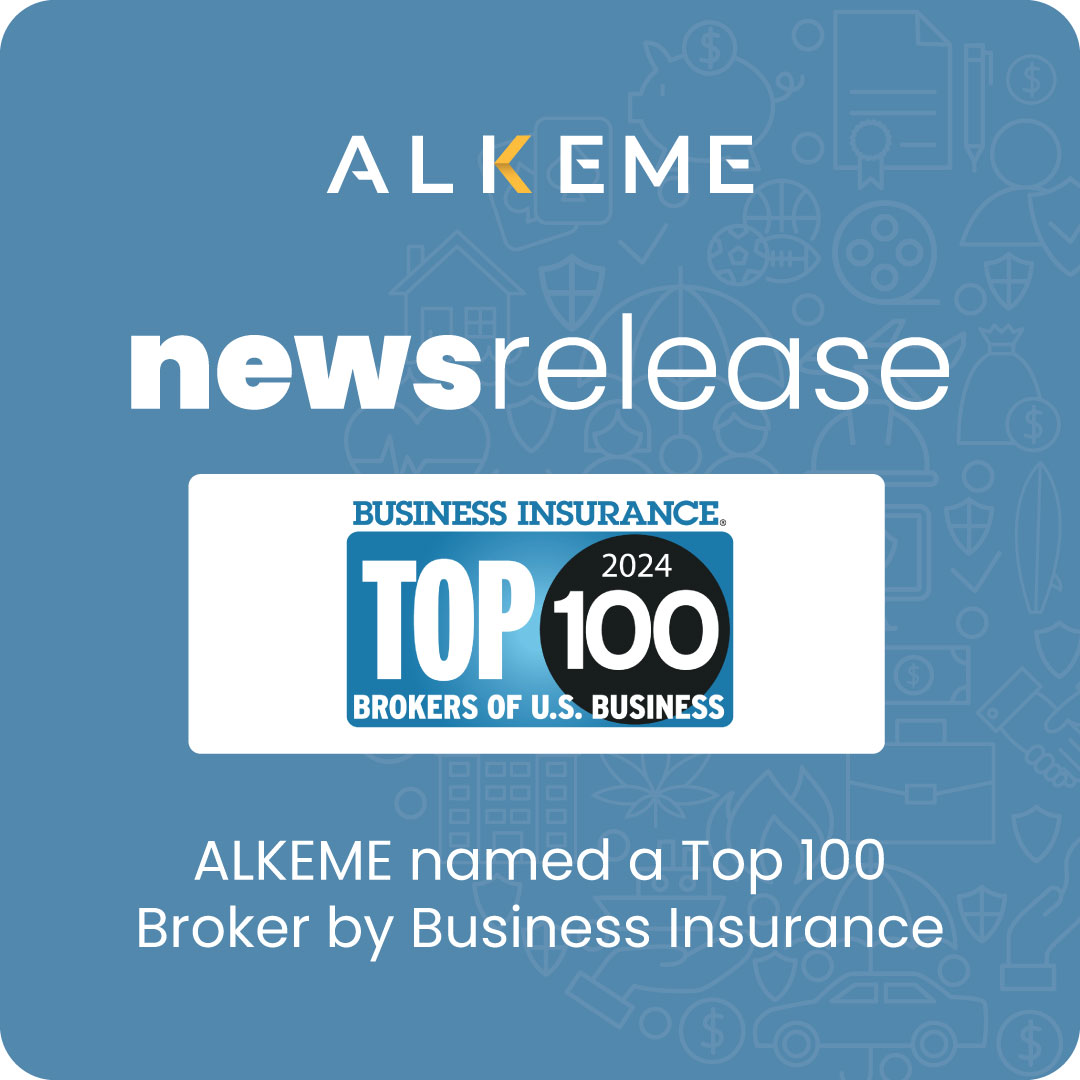Key Product Liability Risks
Medical device companies face various product liability risks due to the nature of their products and the potential for harm or injury to patients or users. Some of the key product liability risks include:
- Design Defects: Design defects occur when a flaw in the design of a medical device makes it inherently unsafe for its intended use. For example, a defectively designed implantable medical device may fail prematurely or cause adverse reactions in patients. In such cases, the manufacturer may be held liable for injuries or damages resulting from the defect.
- Manufacturing Defects: Manufacturing defects occur during the production process and can result in individual devices being defective, even if the overall design is sound. Examples include errors in assembly, contamination during manufacturing, or use of substandard materials. Manufacturing defects can lead to device malfunctions, failures, or adverse events, exposing the manufacturer to liability for any resulting harm.
- Labeling and Instruction Errors: Inadequate labeling or instructions for use can contribute to patient misuse or improper handling of medical devices, leading to injuries or complications. Manufacturers have a duty to provide clear, accurate, and comprehensive labeling and instructions to ensure the safe and effective use of their products. Failure to do so may result in liability for any resulting harm.
- Failure to Warn: Medical device companies have a duty to warn healthcare providers and patients about known risks associated with their products. Failure to adequately warn about potential side effects, contraindications, or precautions can result in liability if patients are harmed as a result of inadequate warning.
- Off-label Use: Medical devices are often used off-label for purposes not approved by regulatory agencies or specified in the device labeling. While off-label use is legal and common in certain circumstances, manufacturers may still face liability if injuries occur as a result of off-label use that was foreseeable or could have been prevented.
- Recalls and Safety Alerts: Medical device recalls and safety alerts may be initiated due to defects, malfunctions, or safety concerns identified after a device has been marketed. Manufacturers have a duty to promptly issue recalls and communicate safety information to healthcare providers and patients to mitigate the risk of harm. Failure to take appropriate action in response to safety concerns can result in liability for any resulting injuries.
- Third-party Liability: Medical device companies may also face liability for defects or failures caused by third-party components, subcontractors, or service providers involved in the design, manufacturing, or distribution of their products. Manufacturers have a duty to ensure the quality and safety of all components and services used in the production of their devices.
To mitigate these product liability risks, medical device companies must implement robust quality control processes, conduct thorough risk assessments throughout the product lifecycle, provide comprehensive training and support for healthcare providers and patients, maintain accurate and up-to-date labeling and instructions, and promptly address any safety concerns or adverse events. Additionally, obtaining appropriate insurance coverage, such as product liability insurance and errors and omissions insurance, can help protect manufacturers from financial losses associated with product liability claims.
Product Liability Insurance Coverage
Product liability insurance for a medical device company typically provides coverage for legal defense costs, settlements, and judgments arising from claims alleging bodily injury, property damage, or other losses caused by defects or failures of their products. Here’s what product liability insurance typically covers for a medical device company:
- Legal Defense Costs: Product liability insurance covers the costs of defending against lawsuits alleging that a medical device manufactured or distributed by the company caused harm or injury to a patient or user. This includes legal fees, court costs, expert witness fees, and other expenses associated with litigation.
- Settlements and Judgments: If the medical device company is found liable for damages in a product liability lawsuit, the insurance policy will cover the costs of settlements or judgments awarded to the plaintiffs. This includes compensation for medical expenses, lost wages, pain and suffering, and other economic and non-economic damages.
- Third-Party Liability: Product liability insurance typically covers claims brought by third parties, including patients, healthcare providers, distributors, and other entities affected by the alleged defect or failure of the medical device. This may include bodily injury, property damage, or financial losses resulting from the use or malfunction of the device.
- Manufacturing and Design Defects: Product liability insurance covers claims arising from defects in the design or manufacturing of the medical device, including errors in design specifications, materials, construction, or assembly that render the device unsafe or unfit for its intended use.
- Failure to Warn: Product liability insurance covers claims alleging that the medical device company failed to adequately warn healthcare providers and patients about known risks associated with the device, including potential side effects, contraindications, or precautions.
- Off-label Use: Product liability insurance may provide coverage for claims arising from the off-label use of the medical device, including injuries or complications resulting from uses not approved by regulatory agencies or specified in the device labeling.
Policy add-ons or endorsements that a medical device company may want to consider based on their product requirements include:
- Clinical Trials Coverage: If the company conducts clinical trials to test the safety and efficacy of its medical devices, they may need additional coverage to protect against liability risks associated with the conduct of these trials, including injuries to participants and failure to obtain informed consent.
- Cyber Liability Coverage: Medical device companies that collect and store sensitive patient information electronically may need cyber liability coverage to protect against data breaches, cyberattacks, and other cybersecurity risks that could result in financial losses or regulatory penalties.
- Product Recall Insurance: Product recall insurance provides coverage for the costs associated with recalling and replacing defective or unsafe medical devices from the market. This includes expenses such as notification costs, shipping and handling, product disposal, and loss of revenue.
- Errors and Omissions (E&O) Insurance: E&O insurance provides coverage for claims alleging errors or omissions in the design, development, testing, or marketing of medical devices. This may include claims related to negligent advice or services provided by the company, failure to meet professional standards, or breach of contract.
- International Coverage: If the medical device company exports its products to foreign markets, they may need additional coverage to address the unique legal and regulatory requirements of international jurisdictions, including product liability laws and standards.
- Supply Chain Coverage: Supply chain coverage protects against losses resulting from disruptions or failures of suppliers, subcontractors, or other third parties involved in the production or distribution of medical devices. This may include coverage for business interruption, extra expense, and contingent business interruption.
By carefully evaluating their product liability risks and selecting appropriate insurance coverage and policy add-ons, medical device companies can protect themselves against financial losses and liabilities associated with the manufacture, distribution, and use of their products. Working with an experienced insurance broker or advisor can help companies identify their insurance needs and obtain comprehensive coverage tailored to their specific requirements.
Share this article
Follow us
Latest articles
July 27, 2024
July 27, 2024




